The southwestern coastal region of Taiwan is salt country. From Budai in Chiayi down through Beimen, Jiangjun, and Qigu in Tainan, an incredible expanse of manmade salt evaporation ponds sprawl across a completely flat and almost featureless landscape, much of it reclaimed from the briny lagoons that line the coast. Salt has been produced here for more than three centuries by channeling seawater into artificial enclosures and letting the strong tropical sun do the rest. Taiwan’s accession to the WTO in 2002 doomed the industry and all remaining salterns (or salt fields, if you like) were decommissioned that same year. This led to the abandonment of the unique Qīngkūnshēn Fan-Shaped Saltern (青鯤鯓扇形鹽田), now a surreal reminder of the history of salt production in southern Taiwan.
Qingkunshen1 dates back to 1975, making it the youngest saltern in the area and the only one developed under the control of the Kuomintang. Its name is derived from Qingkunshen (青鯤鯓), the fishing village immediately to the south, notable for being the westernmost settlement on the island of Taiwan. Although formally located in Jiangjun, the 716 hectares fan-shaped saltern was administered from the[Qigu Saltworks (七股鹽場) in neighbouring Qigu, where you will now find the Taiwan Salt Museum (臺灣鹽博物館) and Qigu Salt Mountain (七股鹽山)2.
Salt—along with tobacco, alcohol, opium, and camphor, among others—was one of the main trades controlled through the monopoly system during the Japanese colonial era. The KMT maintained the lucrative monopoly system after taking over Taiwan as it was a significant source of funding for the incipient colonial regime. Salt fields were exempt from land reform policies implemented in the years after the war and salt production continued under the aegis of the state-owned Taiwan Salt Company (台鹽公司). Additionally, the KMT imposed a controversial salt tax on consumers3 that was only abolished decades later in 1977, two years after the development of Qingkunshen.
The fan-shaped4 design of the Qingkunshen salt field is completely unique—nowhere else in Taiwan will you find such a plan. The evaporation ponds extend outward from a tiny nub of land that once housed the salt workers’ dormitory building, which now lies in ruins (and pictured below). Navigation channels run along both sides of the fan, allowing local fishermen access to the sea. The overall plan is difficult to discern from ground level—which has made this salt field a popular destination for drone operators. For a taste of Qingkunshen from the air, have a look at Google Maps, these videos here and here, and this set of interactive panoramas.
I visited this part of Taiwan on my first round-the-island bicycle trip in 2013. Something about this desolate manufactured landscape made a lasting impression on me so I returned in 2014 to capture more of this strange, dreamlike landscape, still not knowing very much about what I had stumbled upon. I learned a lot more while preparing this post for publication in 2016 and seized the opportunity to make a third visit in 2017, mainly to document the ruins of the salt worker dormitories located at the center of the arc traced by the fan.
Much to my surprise the dorms were not entirely abandoned—an old man still resided in one of the units. Perhaps he’s a holdout, a former employee of the salt company who refused to move when the saltern was abandoned more than a decade ago. He did not seem at all receptive to the foreign interloper in his midst so I left him in peace, questions unanswered. Perhaps some day I will return again—to more fully elucidate the secrets of this obscure place, so remote from modern Taiwan. If I do I will be sure to update this post. For now, let your imagination do the rest.
- Qingkunshen translates to “cyan sandbar” and was named for its resemblance to a big, green fish emerging from the sea. The exact shade of green, cyan, or blue described by qīng is subject to some debate as it predates the popularization of specific terms for both blue and green. ↩
- For an English language overview of these attractions consult the excellent Tainan City Guide. ↩
- I haven’t found a proper source to back this up but my understand of the salt tax is that it was carried over from Mainland China. Japanese monopoly system plus Chinese consumption tax equals big money for the KMT! ↩
- You might start to think that Taiwanese are fans of fan-shaped things—but this is entirely coincidental, I assure you. ↩
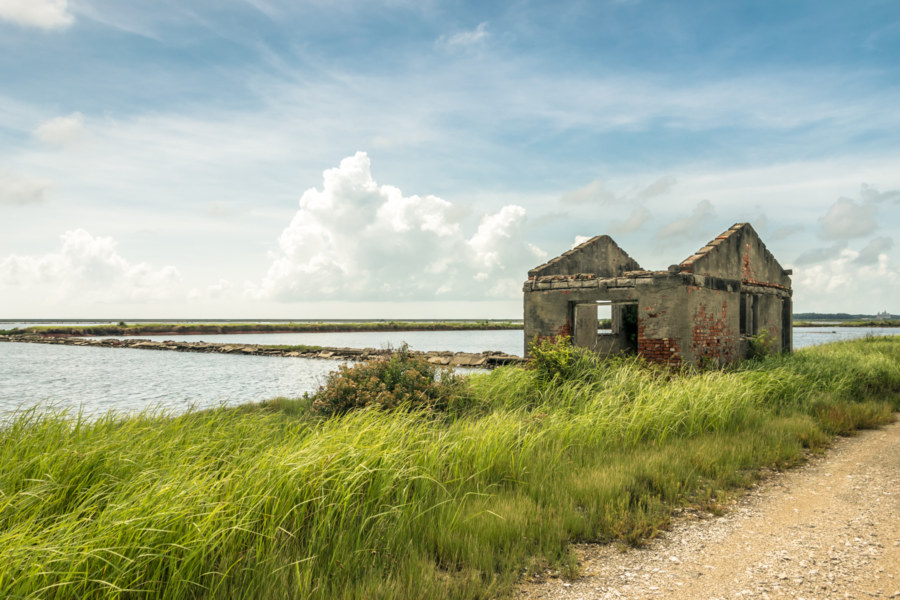
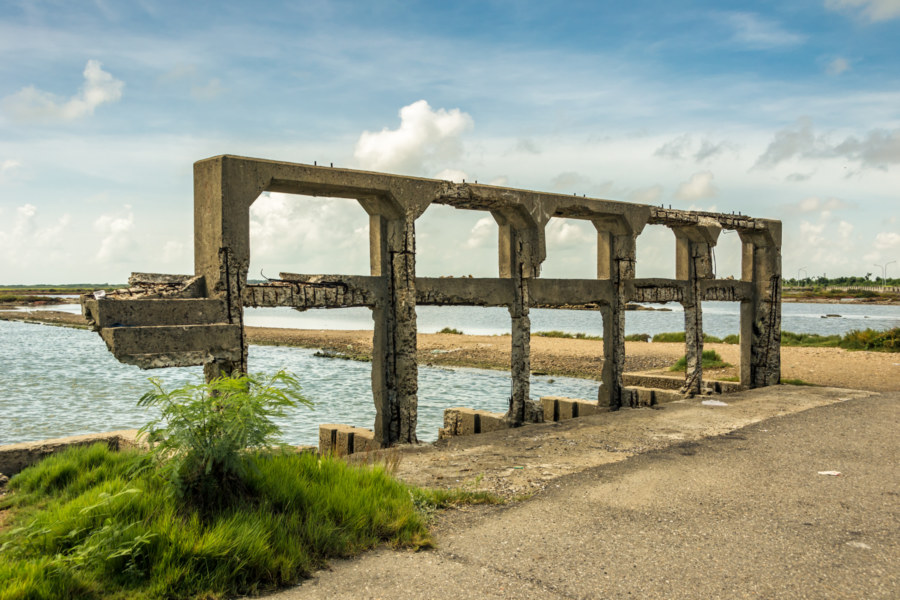
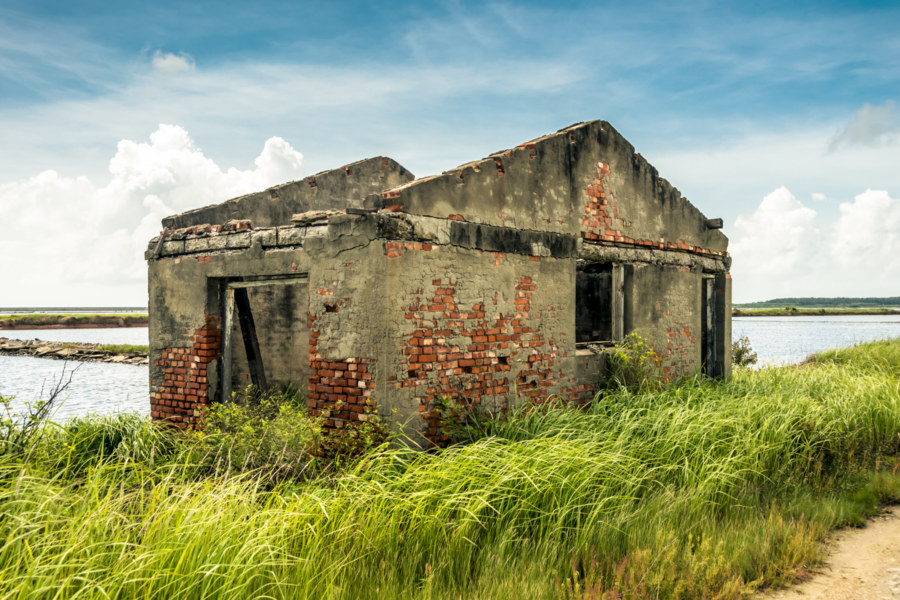

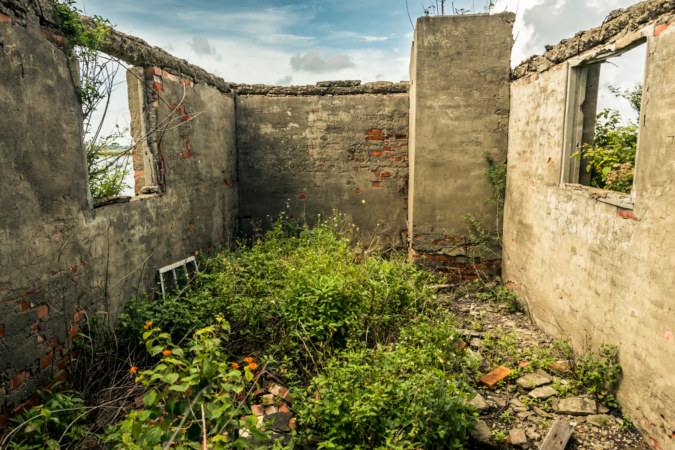
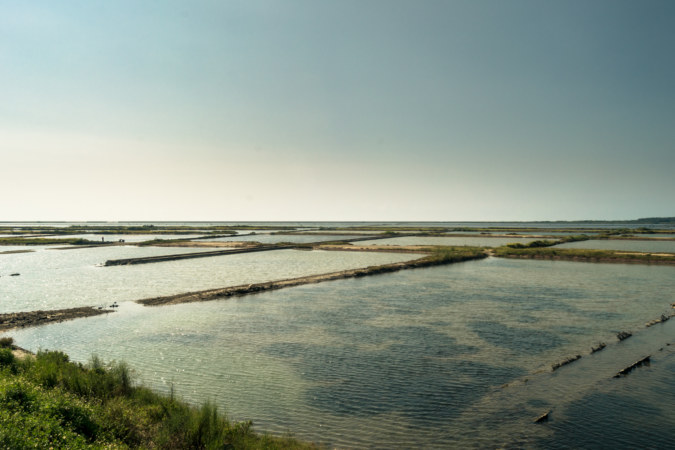
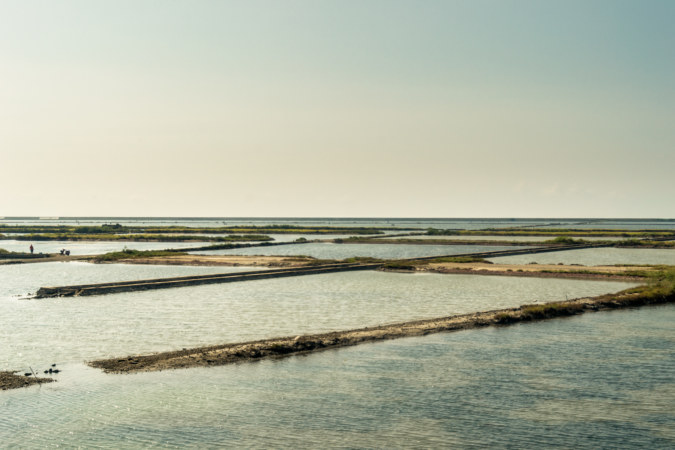
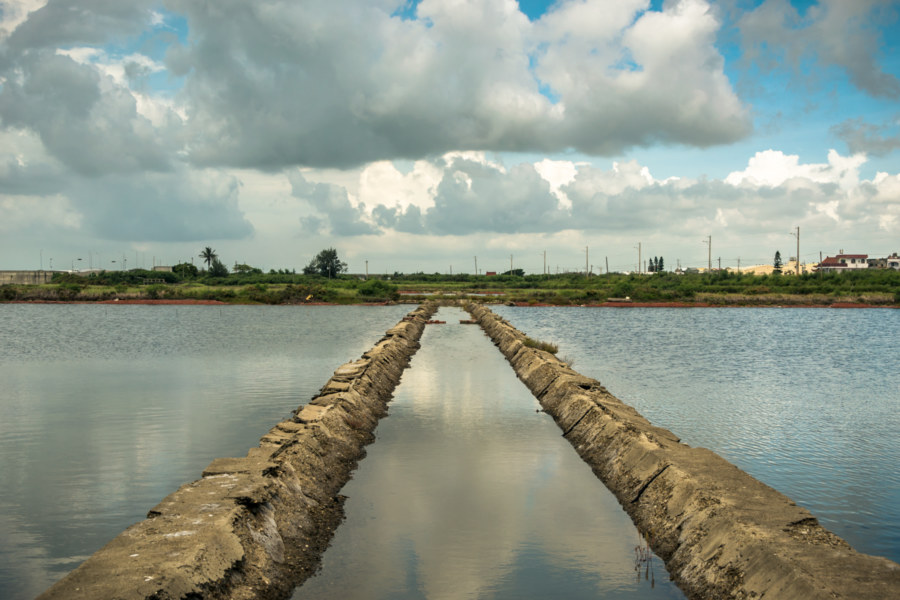
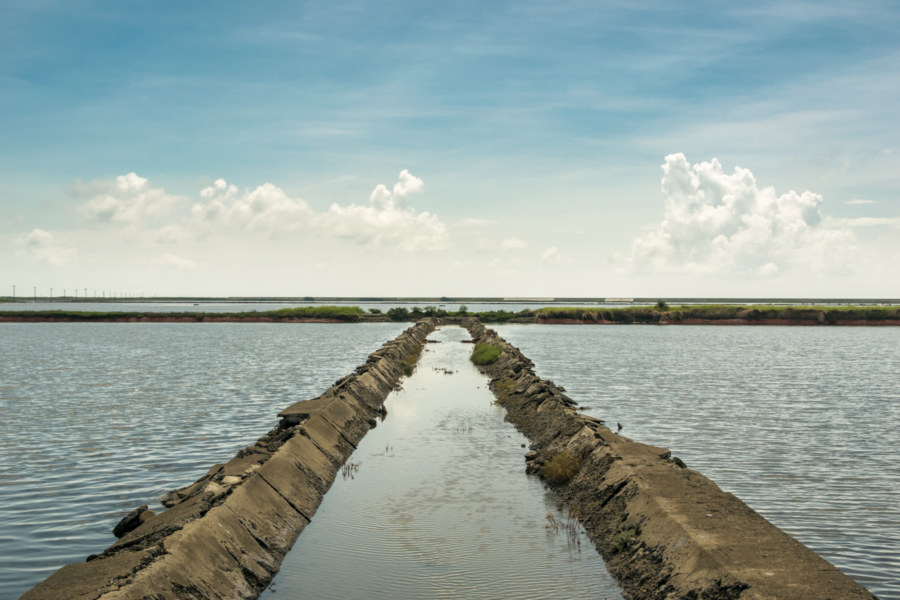

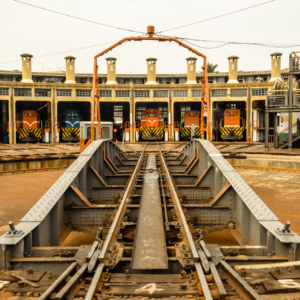

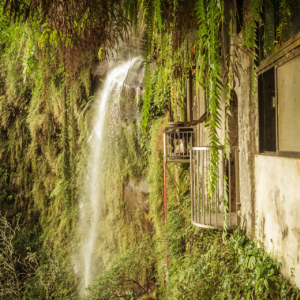
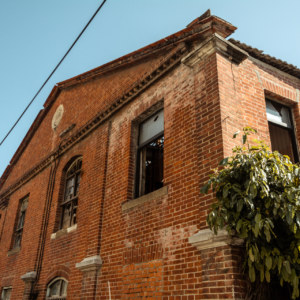
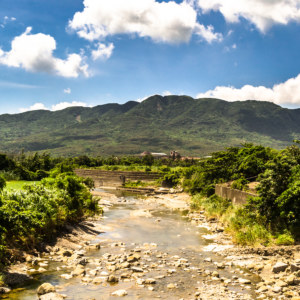


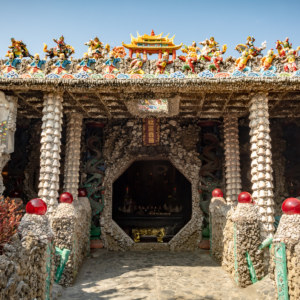
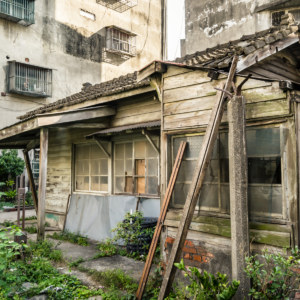

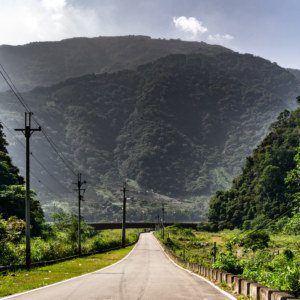
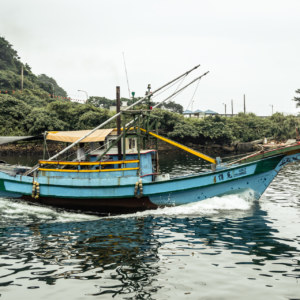
Great Post ! So interesting !